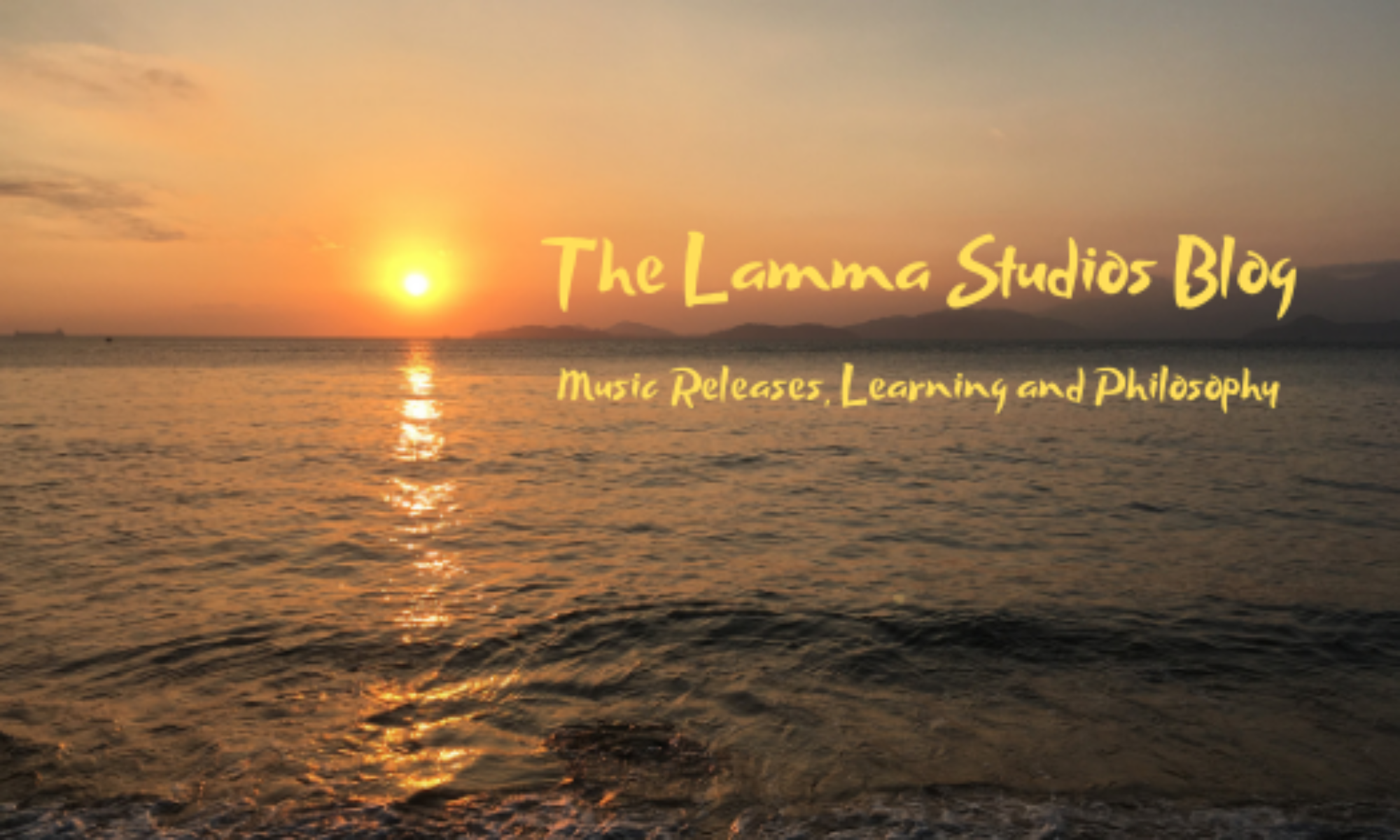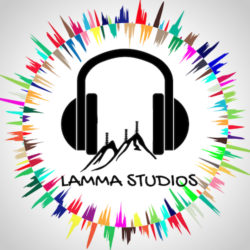Principle Two: Music is a language. The goal is to learn to speak music, not learn to play an instrument.
This course is largely organized around the basic fact that music is a language. All over the world, natural language learning is highly successful in enabling young children to easily and successfully learn their native language.
In this course we will approach learning music in this same natural way. If we follow the natural learning approach with music we can learn it just like we learned our first language as children- quickly, easily, without stress and to a high degree of mastery.
The primary goal of learning music is communication. Therefore if we make the focus of our learning how to communicate with music our results will be better than focusing on learning the technique of how to use our instruments.
Many beginning musicians begin intending to learn to play an instrument. This is a mistake because instruments are only tools. Instead, we should focus on efforts on the art, not the tools. We wouldn’t decide to become a writer and then focus our efforts into improving our skill typing, just as we should not spend our efforts as musicians focusing on our instruments.
Instrumental or vocal technique is necessary, of course. It does need to be practiced occasionally, but much of technique will come effortlessly without teaching and practice, if it is in service of a greater musical goal. Just like no one had to teach you how to use your lips and tongue to talk when you were a baby, much technique will come in the same natural way with this method.
Principle Two Exercises:
These exercises are designed to increase awareness of some of the most important elements of music. We will listen, feel, and interact with these different elements and by the end of this practice we should begin to see much increased awareness of all that goes into the music.
The study track I have provided (all music I produced) has several short selections of music with different feels and styles. Relax, empty your mind and listen to and feel the music in the track with the various progressive focus points and intentions as I outline in the exercises.
In each exercise you are suggested to interact with the music as much as you like. The more the better. If you feel like moving your body, do it. Try also to role play as much as you can, and imagine yourself playing or singing the different parts of the music or becoming connected with that specific element of the music.
Exercise 2A: Listen with an empty mind and note what captures your attention.
First of all, empty your mind listen to everything without any specific focal point. The purpose is to take a baseline assessment of what you naturally hear and feel from the music. After each selection, pause the music and write down a few impressions of what you heard and felt about the music. What did your body want to do? Your mind? Did you feel emotions or other feelings?
Exercise 2B: Find and follow the rhythmic feeling.
The rhythmic feeling could be considered the most important part of the music. Here we will practice our awareness and connection with the groove. More on this in Principle 4.
Listen to each selection with your focus on the rhythmic feeling. Let your body move! After each selection pause and write down a few things you notice about the rhythm. Is it strong? Subtle? Fast, slow, syncopated or square? Anything that you pick up about the rhythmic feeling is good to notice. If you feel like drumming along by all means do.
Exercise 2C: Listen to and feel the melody or singer.
Next focus your attention on the melody instrument or singer. Focus on the melody, following the ups and downs of the melody without focusing too much on the lyrics. Write down your impressions from this perspective after each excerpt.
Exercise 2D: Follow the bass.
The bass is the foundation of music, harmonically and rhythmically. This time feel for the bass and notice what it is doing for the rhythm of the music and also for the harmony. Go live in the world of the bassist and connect with this most fundamental instrument. Make friends with the bass and it will carry you to great heights the way a good foundation holds up a tall building. As usual, take some notes as you listen.
Exercise 2E: Focus on the emotion and feelings.
The big open secret is that we don’t listen to music, we feel it. The feelings behind the music is the most important part of the artistry, and this distinction is what separates the real musicians from mere players. In this exercise practice feeling for the emotion of the music. See if you can sense the feelings of the music.
Take a break before you do this exercise, and sit down or lie down quietly for a few minutes, breathe deeply, and relax your mind. To sense emotion in music we must be clear and open. When you are ready make some notes as you work as.
Exercise 2F: Notice the dynamics.
Dynamics most simply are the loud and soft of the music, as well as the intensity of other elements. Any element can be examined through the lens of- how strong is this particular element right now? Is the emotion strong or subtle? Is the groove strong or loose?
Dynamics are very important for communication in any language. Certainly the intensity with which we do, say, or feel anything has a big effect on the experience of life. Same in music.
In this exercise listen to excerpts yet again and notice the dynamics, and note their impact on your feeling of the music. Make notes on what you notice.
Exercise 2G: Feel the spaces.
Space (silence) is one of the most powerful tools we can have in communication. For example, if we are walking down a noisy street in Hong Kong, with construction, traffic and other noise everywhere, one additional voice added to that combination will barely command our attention at all. If however, all the street noises were to instantly stop, that would stop us in our tracks and grab 100% of our attention. Space is very powerful.
So, listen again with the focus on the spaces. Notice when one or more players leave space and the impact that has. Take notes.
Exercise 2H: Listen again with empty mind and no focus.
Now relax, take some deep breaths and listen again with no focus or agenda. See what you notice. The purpose of this final listening is to show how much more awareness of this music you can develop with this listening exercise. How different is this experience of listening compared to the first time?
Exercise 2G: Pick your own song that you want to learn to play and repeat these exercises.
Now take a recording of a song that you would like to learn to play and repeat this entire process. Listen several times, each time with a different focus point, and see how much more your awareness of the song increases. Role play and imagine you are playing each of the different elements of the music. Take notes as you work.
Exercise 2H: Play your instrument along with the recording of your song.
For the icing on the cake, have a little jam on your instrument along with your study song. Don’t worry about getting it all right, especially the notes. Just keep your focus on the music you are playing with and play along without paying too much attention to yourself. Enjoy and see how different it feels to play with a fuller awareness of the music.
Supplementary viewing and reading

